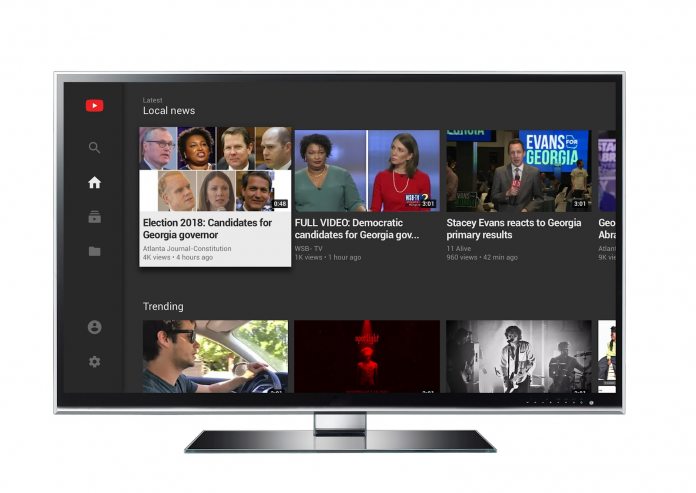I will let you debate that speculation, but in the meantime, YouTube has detailed a plan to combat fake news with new features. As mentioned, preventing the spread of misinformation on the platform is hard. If someone posts a video stating something that is factually incorrect or simply untrue, it is hard to stop people watching. The concept behind the new feature is to provide users with more information about major stories. Debuting this week, the tool displays information cards above YouTube search results. Cards will offer information from third-party sources about stories, historical events, and topics that are frequently involved in misinformation stories. Sources for the cards include knowledge centers like Wikipedia and Encyclopaedia Britannica. Conspiracy theories would fall under a topic that may usually be associated with misinformation, such as the assassination of JFK. YouTube points out a video discussing conspiracies around the JFK assassination are not against its guidelines and don’t deserve to be taken down. Many are made for entertainment and alternate views on topics are healthy. However, these videos do arguably spread misinformation beyond the available facts.
News Information
The company will extend these information cards to news-related searches and content. When a big news event or breaking story occurs, a snippet from a legitimate published article will appear above the search results. Users can click the article to see the full facts and information and YouTube will warn the story is still developing. “To make it easier to find quality news, our Top News shelf prominently highlights videos from news sources in search results (see the picture below on the left). And when a breaking news event happens, we want users to know about it. That’s why our Breaking News shelf highlights videos from news organizations about that event directly on the YouTube homepage (see the picture below on the right).” The tops news and breaking news feature is available now and currently launched in 17 countries, including the U.S., U.K., France, Italy, Japan, India, Mexico, Brazil, South Africa, Nigeria and more. YouTube says it will double the amount of available nations in the coming months.




